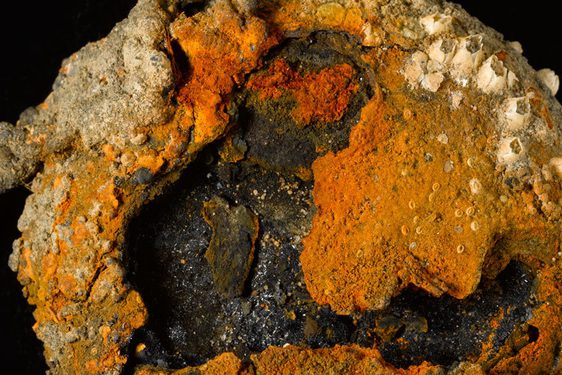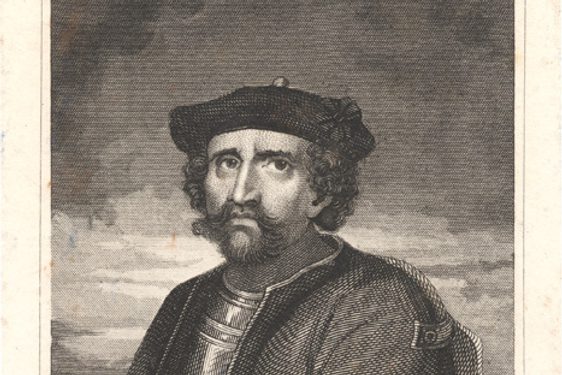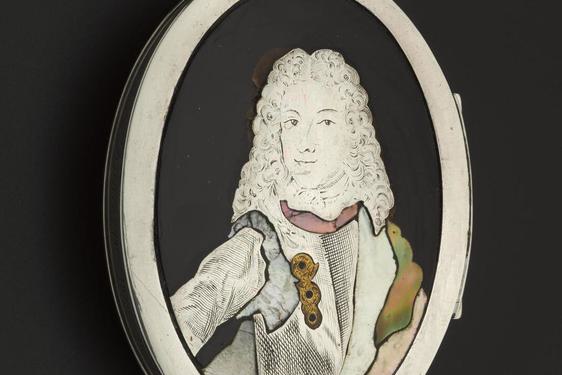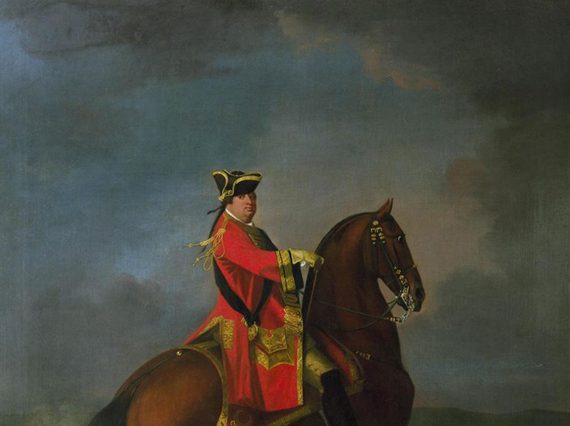
Portrait of the Duke of Cumberland at Culloden
News Story
A portrait celebrating the victory of Prince William Augustus, Duke of Cumberland, commander of the British government forces at Culloden.
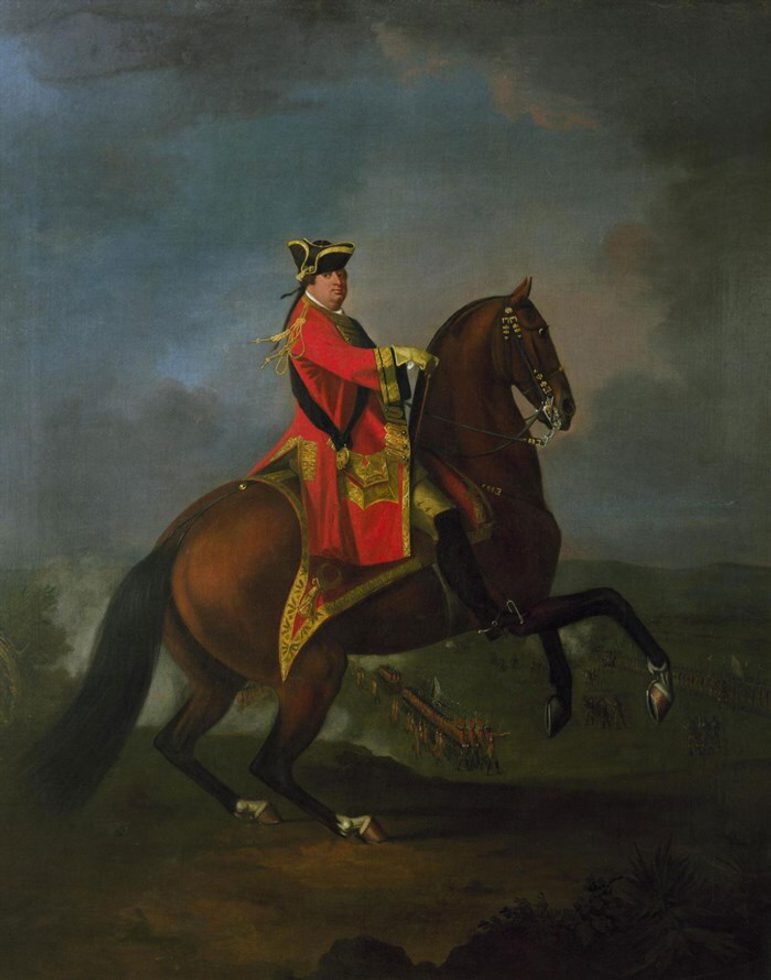
Who was the Duke of Cumberland?
Prince William Augustus (1721 – 1765) was the third and youngest son of George II. By the time of the Jacobite Rebellion, he was commander-in-chief of British forces fighting on the continent against France. In 1745, as Charles Edward Stuart’s attempts to regain the crown for his father, James ‘VIII’, gathered momentum, Cumberland was recalled to put down the rebellion.
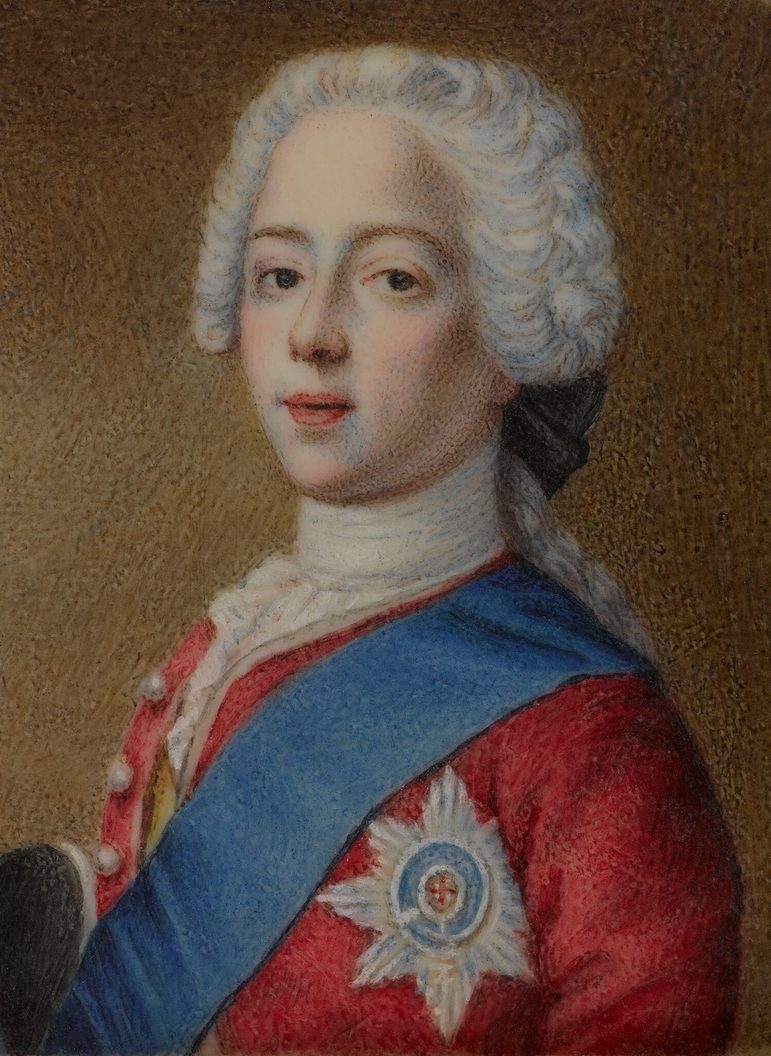
On 16 April 1746, his well-equipped, well-trained army destroyed the Jacobite army at Culloden.
While this portrait and other images of the battle portray Cumberland as triumphant, many have held him responsible for the brutal treatment of the Scottish Highlanders following the battle. For Cumberland, however, Scotland’s instability represented a deadly threat to his family’s power.
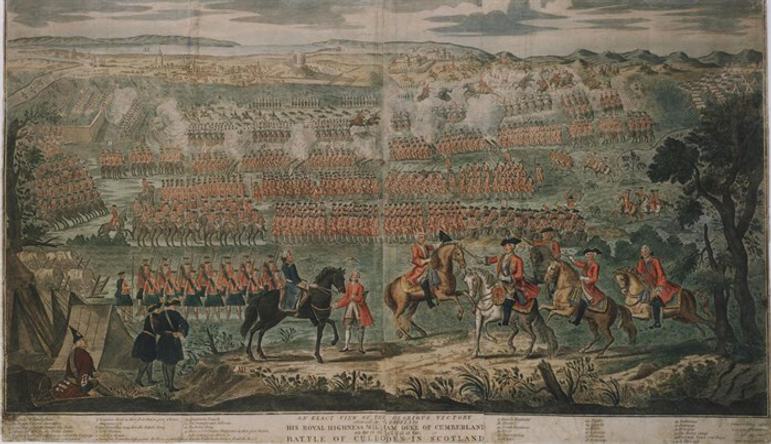
Who was the artist?
Artist David Morier specialised in military portraits and historical scenes. He accompanied the Duke to Scotland to capture the details of his campaign against the Jacobites. Morier’s most famous painting, ‘An Incident in the Rebellion of 1745’, depicts the Jacobite charge against government forces.
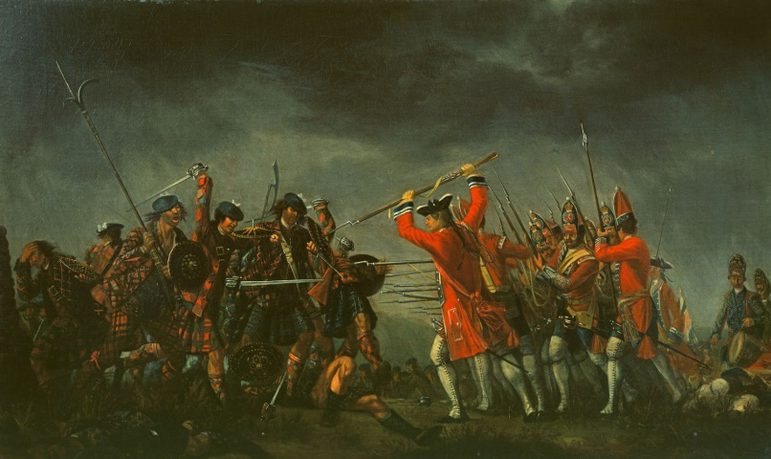
After the Duke retired from military life in 1757, Morier’s fortunes waned. In 1769, he was imprisoned for debt and died in the Fleet Prison the following year.
The portrait of the Duke of Cumberland (museum reference M.1990.141) is on display in the Nation in Arms gallery at the National War Museum.
